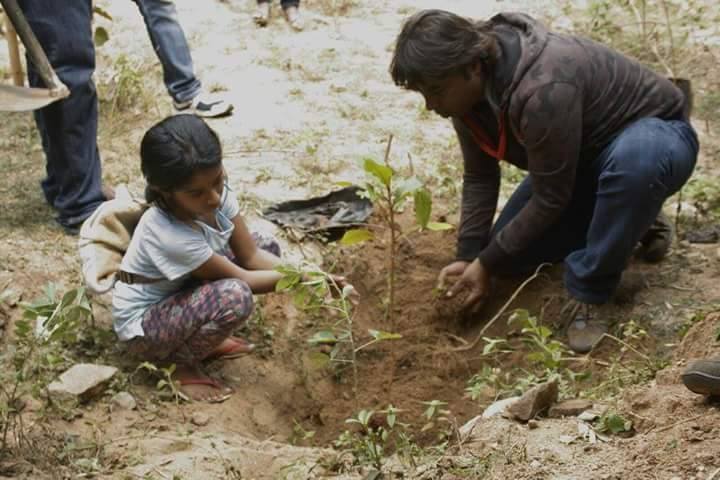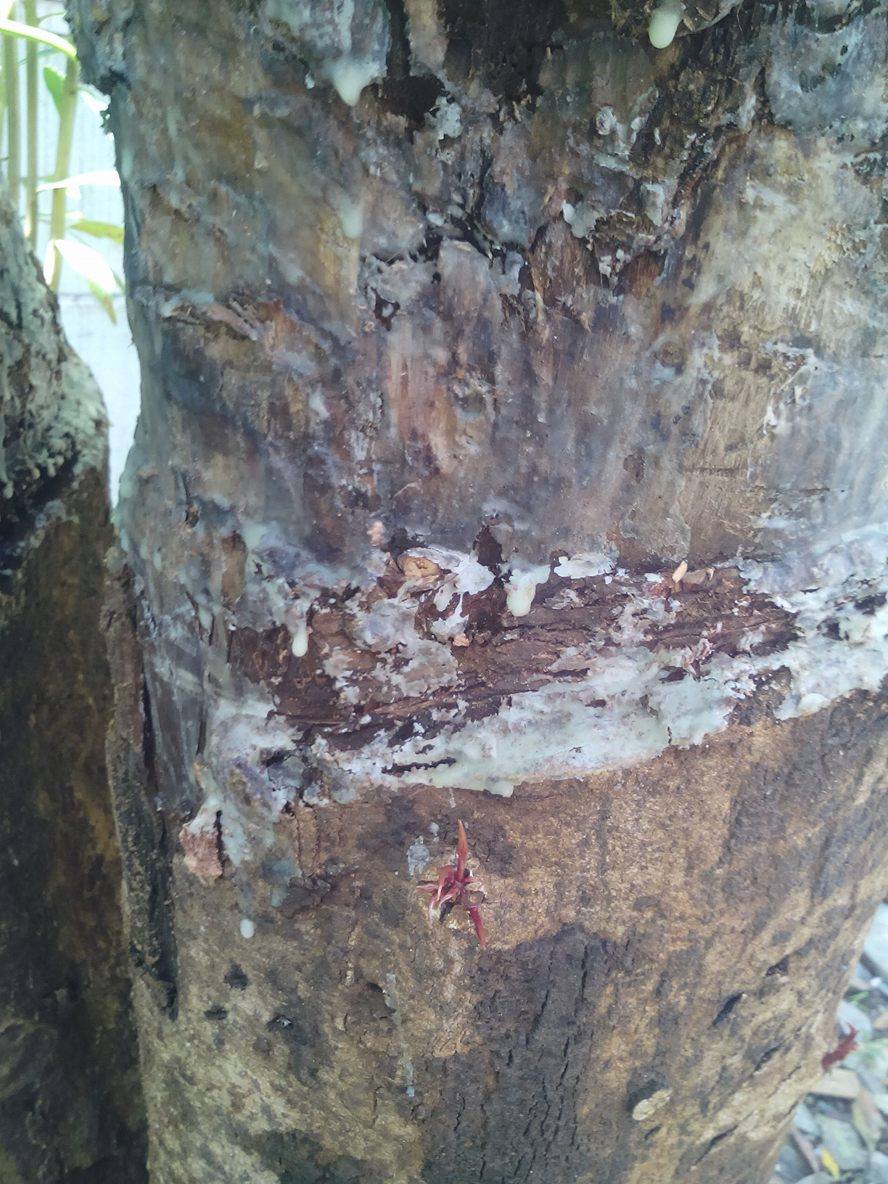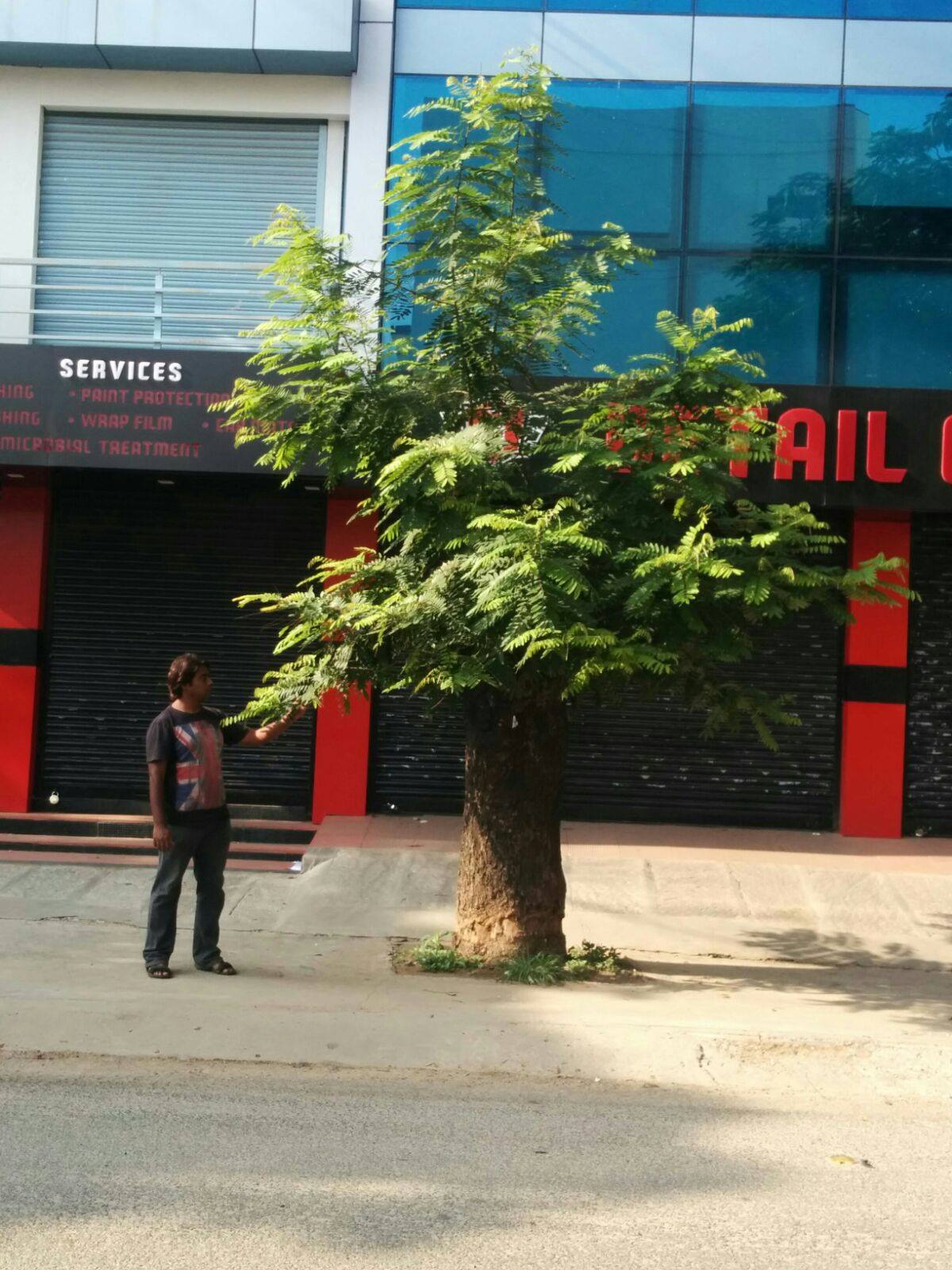“We all know Bangalore is known as the ‘Garden City’, however, due to urbanisation it starts loosing its green cover.”
Over the past few years the south Indian city of Bangalore has experienced a momentous change due to rapid urbanisation. Locals who have lived there all their lives are often dismayed at the quickly vanishing trees and parks in a city that was once lush with greenery and dubbed the “Garden City of India”.
Enter urban conservationist Vijay Nishanth, a man who is determined to preserve what is left of the “Garden City”. Vijay is commonly referred to as the “tree doctor of Bangalore” and he is the founder of Project Vruksha, launched in 2010 to maintain an account of the trees in the city through a digital mapping system. The IPF spoke to Vijay in order to understand more about what has been happening in the former “Garden City”.
Vijay’s passion to save the trees of Bangalore first emerged when he was a child, playing in the parks of the residential neighbourhood of Jayanagar. He recalled an early memory:
“Over the weekend I used go to the nearby park to play monkey on the trees, cherish the berries growing on tree, play marbles under the shade of trees, make the trees as a stump for playing cricket. Sometimes my friends and I would sleep under trees.”
One afternoon Vijay and a friend were driving past a park he used to play in when he discovered that one of the trees he would often climb as a child was now cut down. He explained how he had needed a moment to compose himself after what he had seen: “I asked my friend to stop the vehicle and started to cry, and my friend was shocked to see me crying.” Even though it was hard to digest, this first-hand realisation also inspired determination and change within him.“That was the day I decided that I would do something to conserve trees.”
Since 2002, Vijay has decided to combine his skills and contacts into Project Vruksha. Vijay was an engineering student at B.N.M. Institute of Technology, Bangalore. Out of University hours, he worked as a part-time designer with his friend Shariff S, who is a senior engineer at mapping company, Youloop. Together, they built the foundation for Project Vruksha.
“I understood how the entities for trees would be mapped. When I discussed this with other people nobody understood other than Sharif. Shariff and I kept working on it, and another friend Ravi Kumar helped us with the funding. Soon he became part of the team as well.”
Vijay explained how they initially made a prototype of all the trees in Jayanagar and presented it to urban ecologist, Dr Harini Nagendra, as well as a member of the government authority in the city council party of Bruhat Bangalore Mahanagara Palike (BBMP). Vijay said that they “were baffled to see the design and were impressed with the idea”. After Vijay and his team gained support from Priya Krishna, local MLA of Govindraj Nagar constituency, they tagged all the trees in Vijaynagar in 21 days.
“Everybody was convinced that this system will help us maintain an accountability of trees that can provide complete an urban solution for trees.”However, the project wasn’t without its challenges. It wasn’t long before Project Vruksha was asked to extend their tree-tracking project to encompass all of Bangalore. Vijay explained that while they gave it their best effort, the expansion was unsuccessful “due to lack of vision and political will”. Eventually, the team decided to start afresh and their determination allowed them to create the current Project Vruksha, which was launched by the former Chief Justice of India, M.N. Venkatachalia.
“It’s very important we maintain tree data which helps in monitoring the health of the city, aesthetic value, creating awareness among local communities and it plays a very key role in maintaining urban biodiversity.”
Aside from the growing problem of urbanisation, unnecessary tree felling, or the cutting down of trees, is also a big problem in the city. Vijay spoke of how people are cutting down trees for “silly reasons” such as because the shedding of leaves proves problematic for locals, or because the trees occupy potential parking spaces. Some extreme and shocking cases are when people deliberately poison a variety of trees. Vijay shared how he’s been successful in rejuvenating some of these trees by applying substances such as bee wax, orange oil and nutrition water on the trunk of trees.
Today, Project Vruksha continues to grow rapidly due to the dire need to preserve Bangalore’s trees. The project’s website lists 87 species of trees that can be found in Bangalore, illustrating the diversity of the greenery in the city.“Bangalore is a very important conserve for trees in this part of the world. If you visit Singapore or Mexico, you’ll only find four or five species of trees that can be grown, but Bangalore soil has magic; almost anything can be grown in here.”
Vijay emphasises that protecting the trees also protects the natural habitat for a total of 350 bird species that live in Bangalore. Vijay and the Project Vruksha team regularly present their project idea at schools, colleges and in local communities. The team hopes to continue presenting their findings to the people of Bangalore and to continue stressing the importance of “gaining individual help from everyone in the city”.
To find out more about Project Vruksha, visit their website.




